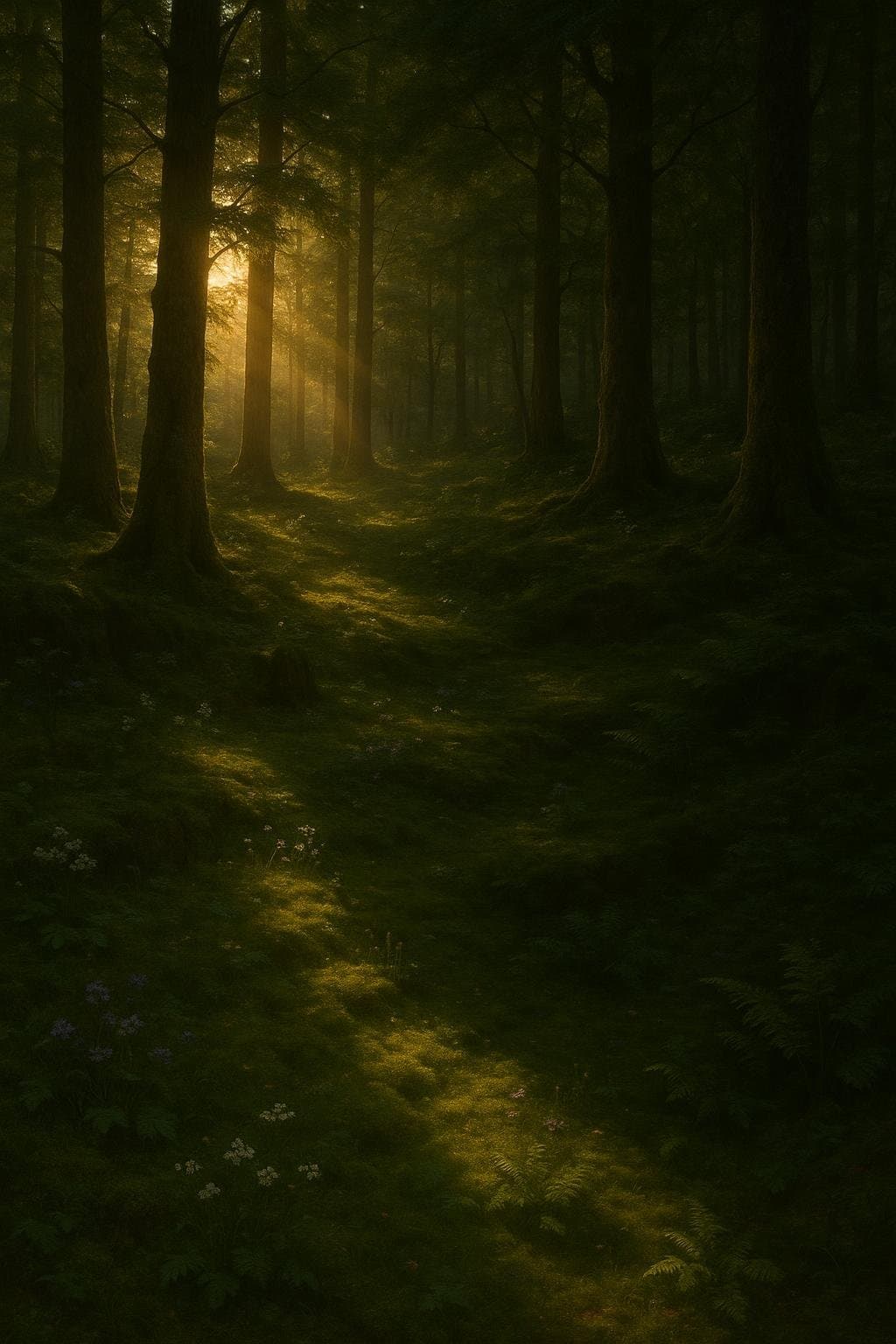Appreciating Shadows on the Quest for Light

In seeking light, do not forget the beauty of shadows. — Sappho
Sappho’s Wisdom: Embracing Complexity
Sappho’s remark reminds us that the pursuit of illumination and clarity should not lead us to ignore the value found in darkness and uncertainty. Ancient Greek poets, Sappho included, often wove complex emotional landscapes—suggesting that beauty and insight frequently arise from the interplay of opposing forces. In this light, her guidance is one of balance, urging readers to savor the full spectrum of human experience.
Light and Shadow in Artistic Expression
Artists through the centuries have harnessed the contrast between light and shadow—known as chiaroscuro—to create visual depth and emotional resonance. From the dramatic paintings of Caravaggio to the monochrome photographs of Ansel Adams, this interplay not only defines form but also evokes mood. Such creative efforts echo Sappho’s sentiment: without shadow, light lacks context and meaning.
The Psychological Value of Difficult Times
Moving beyond art, psychological research supports the notion that growth and meaning often emerge from life’s challenges. According to Viktor Frankl’s ‘Man’s Search for Meaning’ (1946), enduring hardship can ultimately illuminate what truly matters. In this sense, the shadows we encounter—adversity, sorrow, uncertainty—become essential backgrounds against which life’s brighter moments glow more vividly.
Cultural Interpretations of Light and Dark
Transitioning to cultural perspectives, many philosophies embrace the harmonious coexistence of opposites. The Chinese concept of yin and yang underscores that shadow complements light, each giving rise to the other. Such frameworks teach that beauty and wisdom reside not just in the pursuit of clarity, but in accepting the full duality of existence, as Sappho gently advises.
Finding Wholeness Through Integration
Ultimately, Sappho’s message encourages us to integrate the shadow—the hidden, the ambiguous, the painful—rather than deny or escape it. Carl Jung’s psychological theories center on this very integration, arguing that embracing our ‘shadow side’ leads to greater personal wholeness. By cherishing both the light and the shadow, we nurture a deeper, more nuanced appreciation for life’s beauty.